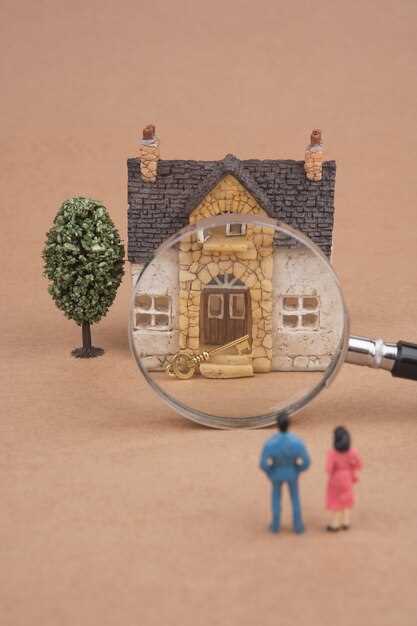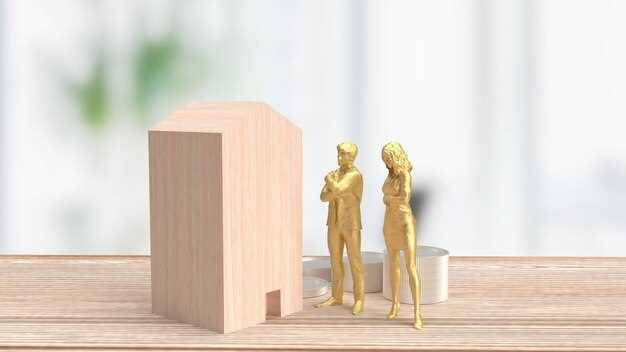
When it comes to maintaining the beauty and functionality of a classic car, two terms frequently arise: restoration and preservation. Both approaches aim to enhance the vehicle’s lifespan, but they serve different purposes and require distinct methodologies. Understanding the nuances between restoration and preservation is essential for any car enthusiast looking to invest their time and resources wisely.
Restoration involves returning a vehicle to its original factory condition, often requiring extensive repairs, replacements, and refinishing. This process can breathe new life into a forgotten classic, allowing it to shine as the manufacturer intended. However, restoration often requires significant financial investment and time commitment, making it crucial to evaluate whether such an undertaking aligns with your goals for the car.
On the other hand, preservation is a more subtle approach, focusing on maintaining the integrity of the vehicle while preventing further deterioration. This method emphasizes care through routine maintenance and keeping the original components as intact as possible. Preservation allows car owners to enjoy the history and character of their vehicles without losing the unique charm that comes from decades of use.
By carefully weighing the options of restoration versus preservation, car owners can make informed decisions that align with their passion for automotive care. Whether your goal is to showcase a fully restored masterpiece or to cherish a well-preserved classic, understanding the differences will ensure you choose the best path for your needs.
Choosing Between Restoration and Preservation for Your Classic Car

When it comes to classic cars, enthusiasts often face a critical decision: should you restore your vehicle to its former glory or preserve its original state? This choice largely depends on personal values, intended use, and the car’s condition.
Restoration involves thorough repairs and refinishing to return the car to a like-new condition. This process can enhance aesthetics and performance, appealing to those aiming for a show-quality vehicle. However, it often requires significant time, effort, and financial investment. If your classic car needs extensive work or if you aspire to showcase it at exhibitions, restoration may be the ideal route. It ensures that each element meets modern standards, allowing you to enjoy the car fully while enhancing its value.
On the other hand, preservation focuses on maintaining the car’s original integrity. This approach is suitable for vehicles that are already in relatively good condition but show signs of age. Preservation emphasizes careful maintenance and protection against further deterioration. This path allows you to appreciate the car’s history while ensuring that it remains functional and visually appealing. If your goal is to retain the car’s unique character and originality, preservation is the way to go.
Ultimately, the decision between restoration and preservation hinges on your goals, budget, and attachment to the classic car. Both methods require care and dedication, but the outcome will significantly influence your enjoyment and ownership experience. Assessing your priorities will help clarify which option aligns best with your vision for your classic car.
Understanding the Differences Between Restoration and Preservation
Restoration and preservation are two distinct approaches to managing historical artifacts, buildings, and vehicles. Understanding their differences is crucial for making informed choices that align with your objectives.
Restoration refers to the process of returning an object or structure to a specific period in its history. This involves extensive care and often requires replacing or repairing original materials to achieve a look that reflects its original state. For instance, a classic car undergoing restoration would typically have its worn parts replaced to mirror its condition when it was first manufactured. The goal is to recreate a visual and functional representation of the past.
On the other hand, preservation focuses on maintaining the current state of an object while protecting it from further deterioration. This process emphasizes the conservation of existing materials and often involves minimal intervention. For example, a preserved vehicle may exhibit signs of aging or wear, but these traits are valued as part of its history. The aim is to prolong its lifespan without altering its character or authenticity.
When deciding between restoration and preservation, consider your intent. If you aim for an item to be fully functional and visually restored, then restoration might be the appropriate choice. However, if you wish to safeguard the item’s current conditions and historical narrative, preservation is likely the better route. Understanding these differences will help you make the best decision for your needs.
Evaluating Your Classic Car’s Condition for Appropriate Care

Determining the right approach to care for your classic car requires a thorough evaluation of its current condition. This assessment helps to decide whether restoration or preservation is the best course of action. Here are the key factors to consider:
- Structural Integrity:
Inspect the frame and body for signs of rust and damage. A car with a solid structure may benefit more from preservation, while one with extensive issues may need restoration.
- Mechanical Components:
Evaluate the engine, transmission, and other critical systems. If they are functioning well, preservation may suffice. However, if they require significant repairs, consider a restoration.
- Interior Condition:
Check the upholstery, dashboard, and other interior elements. If well-maintained, preservation can maintain the classic look. If significantly worn, restoration might be necessary.
- Historical Value:
Assess the historical authenticity of your car. If it holds significant value in its original form, prioritizing preservation is vital to maintain its character.
- Budget Considerations:
Define your budget for care. Restoration can be costly, while preservation may be more manageable financially. Balancing quality with affordability is essential.
- Use and Purpose:
Determine how you plan to use the car. If intended for daily driving, restoration might be necessary for reliability. If it’s a showpiece or collector’s item, preservation might be more appropriate.
Once you have evaluated these factors, you can make an informed decision on the most suitable type of care for your classic car. Each approach has its merits, and understanding your specific needs will guide you in maintaining your vehicle’s legacy.
Cost Considerations: Budgeting for Restoration vs. Preservation
When it comes to managing projects that involve care for historical or vintage items, understanding the financial implications of restoration versus preservation is crucial. Both approaches have distinct costs that can significantly impact your budget.
Restoration often entails a comprehensive process that may require specialized labor and repurposed materials to bring an item back to its original state. This can translate to higher costs due to the need for skilled artisans, extensive research, and potentially the acquisition of rare parts. For example, restoring a vintage car might involve engine repairs, exterior work, or interior finishing that can quickly accumulate expenses.
On the other hand, preservation involves maintaining an item’s current condition without significant alterations. The focus is on preventing deterioration rather than reversing it. Although preservation costs can be lower initially, ongoing maintenance and care might result in expenses over time. For instance, while routine cleaning and protective measures for a classic vehicle may seem less costly, these costs can add up if not addressed regularly.
When deciding between restoration and preservation, it is essential to consider not only the immediate financial impact but also the long-term budget. Restoration may require a larger upfront investment, while preservation could mean a more sustainable, long-term financial commitment. Assessing your specific needs and the potential value of the item can guide you in making the most cost-effective choice.
Ultimately, the decision hinges on your goals: whether you seek to enjoy an item in its glorious past through restoration or prefer to appreciate its historical significance through careful preservation.




